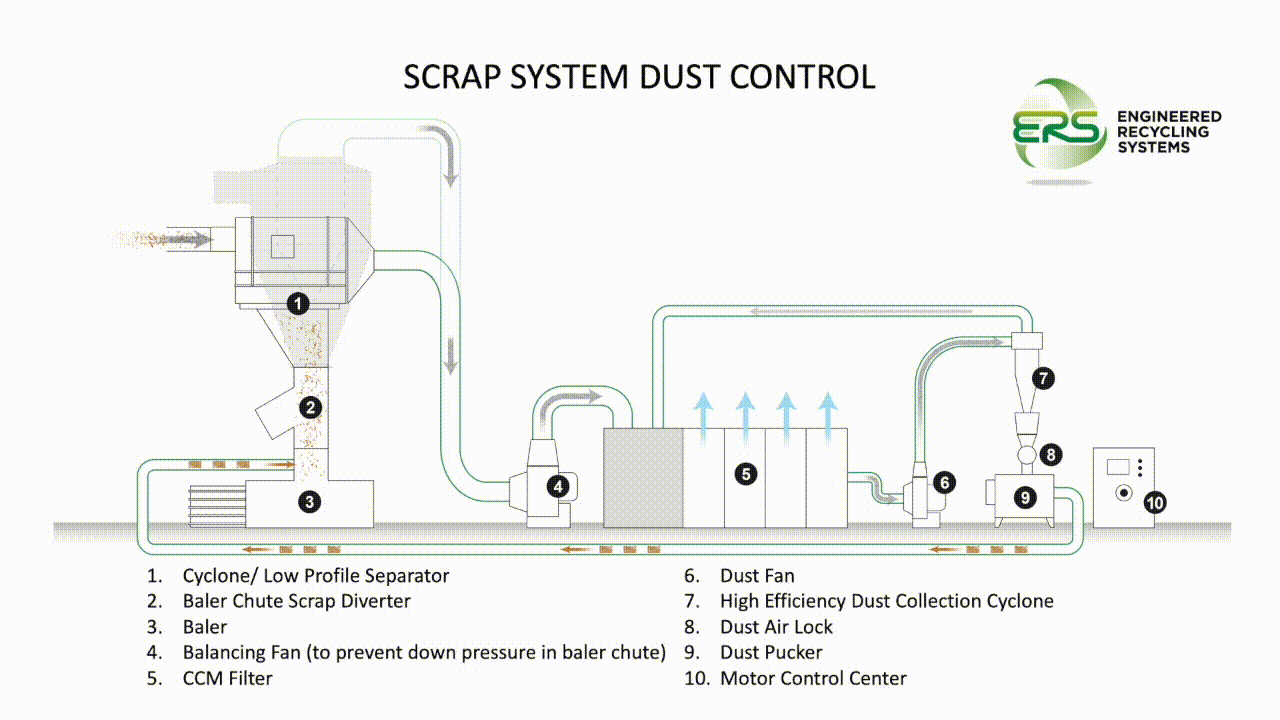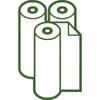If you're looking for an industrial trim removal system, Engineered Recycling Systems is the right partner for you. Trimming excess material from products is a vital but often overlooked part of the manufacturing process. Our industrial systems are a cost-effective and efficient way to remove trimming waste for every application area.
How to choose the right trim removal system for your needs
There are several factors to consider when purchasing a trim removal system. These include the size of the production process and the type of product being produced. In addition, it is important to consider the speed of the production process, as well as the amount of waste generated. It is also important to consider the safety factors involved in using a removal machine. There are several different types available. It is important to choose one that will work best for your specific needs. When it comes to choosing the right trim removal system for your needs, there are a few things you need to take into account.
Material
The first to consider is the type of material you're working with. There are different systems designed for different types of trim, so you'll need to make sure you get one that's compatible with the material you're working with. For example, some systems are designed for removing light trim, while others are designed for removing heavy duty debris. Make sure to get a plant that can handle all the sizes your company is dealing with.
Production process
When selecting a removal system, you must consider the entire production process and all the necessary requirements. The first thing you should consider is in which speed you want to remove the trim. Some systems are designed to work quickly, while others offer more control and accuracy. Consider how fast you need to work and choose a system accordingly.
The size
You'll need to choose a size that's fitted appropriately for your production hall and can be easily integrated in the industrial process. In addition to the space available, the size of the plant naturally depends on the quantity of trim to be removed. In principle, the machine should be able to handle the quantities produced in the process. However, it is advisable to choose a system that can handle more than the minimum requirement in order to be prepared for possible increases in production.
Features
We can integrate different features in the plant, so it's important to consider the features you need when choosing one. Together we can develop a suitable system for your individual production processes and products and discuss which features need to be integrated into the system. Due to the high degree of individuality, of course, the prices vary. We ask you to plan your budget in advance.
The systems of ERS
Our removal systems are among the most advanced and technically innovative available on the market. Right from the development stage, we paid particular attention to ensuring that they are precisely geared to the needs of today. They combine trim collection, vacuum transfer and dust control into one coherent process.
Two technologies in particular that we have developed in this area stand out as particularly innovative and are only available in this form in our systems: the balancing fan and the CCM® filter.
The balancing fan creates a negative pressure to remove any debris and contamination that collects on the walls of the unit during operation. The plant thus manages to rid itself of coarse impurities on its own, ensuring excellent performance on a permanent basis. It works more efficiently and accordingly consumes significantly less energy, which in turn leads to lower costs.
The dust particles are then passed on and transported to the CCM® filter. The filter absorbs the particles and thus prevents them from being released into the environment. To ensure that the filter continues to function properly even after several hours and days, we have installed several suction nozzles around it. These suck up the dust adhering to the filter at 2-3 minute intervals during operation.
Afterwards, the dust picked up by the suction nozzles is transported out of the machine into a waste container, where it can be disposed easily and without much effort.
Each of our systems complies with generally applicable occupational safety, health (OSHA) and fire protection (NFPA) guidelines as standard. You do not need any additional equipment to comply with the relevant guidelines.
If you are interested in our trim removal systems, please feel free to contact us. Together we can see how a plant for your production process could look like. We are looking forward to your inquiry.











